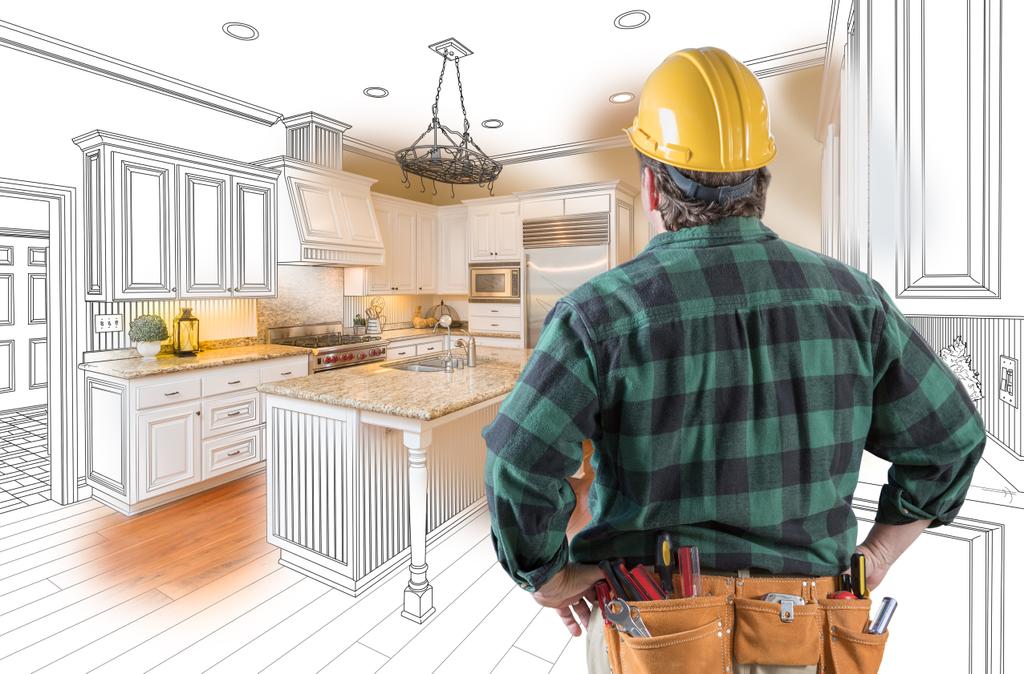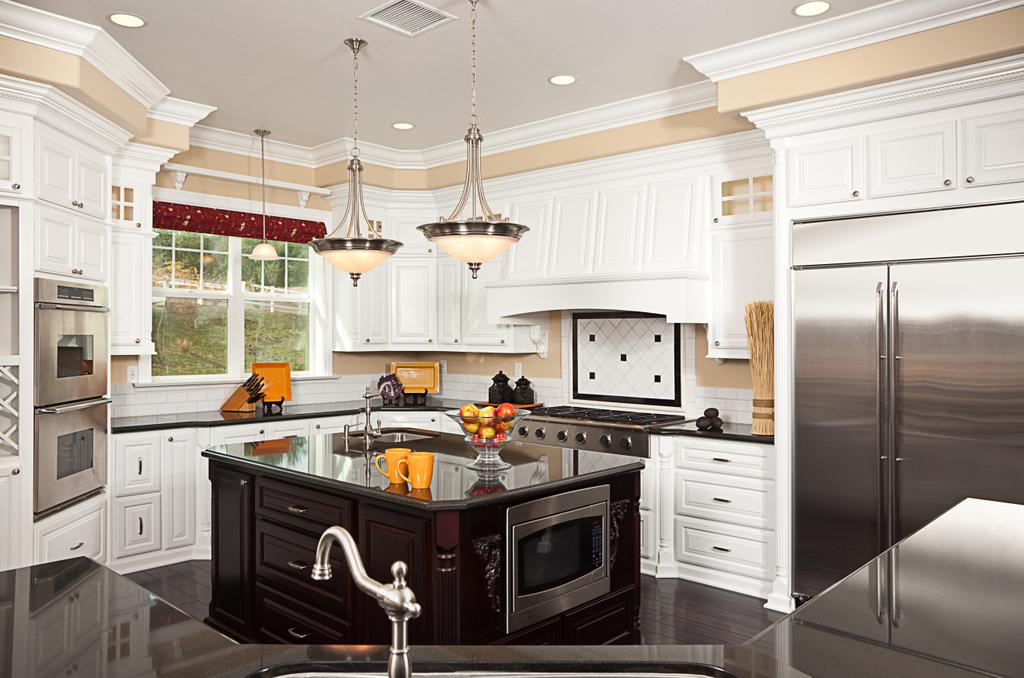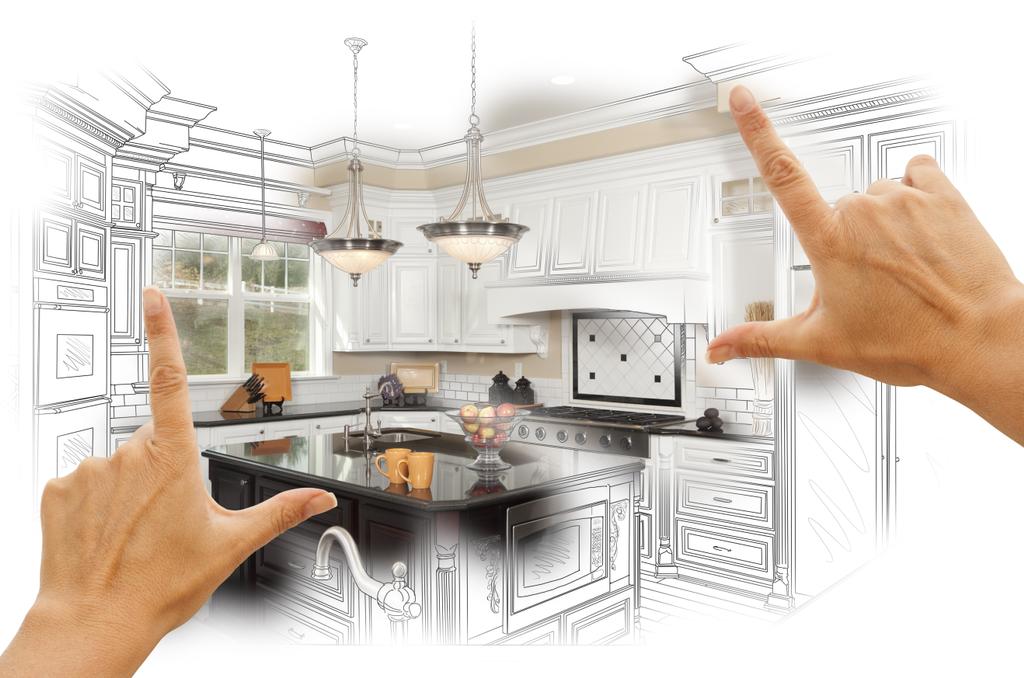A Kitchen Remodel is a popular home improvement project because it is cost-effective and significantly enhances the functionality and aesthetic appeal of a home. Many homeowners find that updating their kitchen not only improves their daily living experience but also increases the value of their property. On average, a kitchen remodeling project in Bellevue costs about $20,000, with smaller projects ranging between $10,000 and $15,000. These figures highlight the affordability and potential return on investment of a well-planned kitchen remodel.
Understanding the key aspects of a kitchen remodel can help ensure a smooth and successful project. This article will guide you through six essential tips to assist with your kitchen remodel, from design ideas to execution.
Let’s have a look:
1. Hire Professional Experts

Hiring professional experts is one of the most crucial steps in a successful kitchen remodel. Professional re-modelers have the experience and knowledge needed to handle all aspects of the project, from initial design to final execution. They can help you avoid common pitfalls and ensure that the remodel is completed efficiently and to a high standard. Professionals can also provide valuable insights and suggestions that you might not have considered, enhancing the overall outcome of your project.
Engaging Bellevue kitchen remodeling experts can be particularly beneficial due to their vast knowledge and expertise. These professionals understand the unique needs and preferences of homeowners in the area and can tailor their services accordingly. By working with experienced experts, you can be confident that your kitchen remodel will not only meet your expectations but also adhere to local building codes and regulations. This collaboration ensures a smooth, hassle-free remodeling process that delivers a beautiful, functional kitchen.
2. Plan Your Budget Wisely
Planning your budget is a critical component of any remodeling project. Establishing a realistic budget helps prevent overspending and reduces financial stress during the renovation. Begin by determining the scope of your project and listing all the elements you want to include, such as new appliances, cabinetry, countertops, and flooring. Allocate funds for each aspect of the remodel and ensure that your budget aligns with your financial situation.
It’s also important to include a contingency fund in your budget. Unexpected expenses can arise during any renovation project, whether due to unforeseen structural issues or last-minute changes in design choices. Setting aside a portion of your budget for contingencies can help you manage these surprises without derailing your project. Proper budgeting allows you to maintain control over your expenses and ensures that you can complete your kitchen remodel without compromising on quality.
3. Explore Different Design Ideas
Having a clear design vision is essential for a successful kitchen remodel. Exploring different design ideas can inspire you and help you decide on a style that suits your tastes and lifestyle. Modern kitchen designs often feature sleek lines, minimalistic elements, and high-tech appliances, creating a clean and contemporary look. Traditional designs, on the other hand, focus on warm colors, classic cabinetry, and ornate details that offer a timeless appeal.
Consider your daily habits and preferences when choosing a design style. For example, if you love cooking and entertaining, a spacious, open-plan kitchen with a large island might be ideal. If you prefer a cozy and inviting space, a rustic kitchen with natural materials and earthy tones could be the perfect fit. Creating a mood board or collecting inspirational images can also help visualize your ideas and guide your decisions.
4. Focus on Functionality

Functionality is a critical aspect of kitchen design. A beautiful kitchen that isn’t functional can quickly become a source of frustration. Prioritize the layout and workflow to ensure that your kitchen is practical and efficient. Think about how you use your kitchen daily and arrange the key elements—the sink, stove, and refrigerator—in a way that makes tasks easier. This arrangement is often referred to as the “work triangle,” a design principle that helps optimize kitchen workflow.
Consider additional functional aspects such as ample counter space, sufficient storage, and easy access to frequently used items. Incorporating features like pull-out shelves, deep drawers, and strategically placed cabinets can enhance functionality. A well-organized kitchen not only looks good but also improves the cooking experience, making meal preparation more enjoyable and less time-consuming. Focusing on functionality ensures that your new kitchen will be both beautiful and practical.
5. Incorporate Technology
Technology has become an integral part of modern kitchen design, enhancing convenience and efficiency. Smart appliances, such as refrigerators, ovens, and dishwashers, can be controlled remotely and offer advanced features that can simplify your daily routine. These appliances often come with energy-saving modes, helping you reduce your household’s energy consumption. In addition to appliances, consider integrating tech features like smart lighting, voice-activated assistants, and automated faucets.
Incorporating technology in your kitchen can also involve smaller gadgets that make a big impact. For example, installing a smart thermostat helps maintain a comfortable temperature, while smart plugs can automate your coffee maker or other small appliances. These technologies not only add a touch of modernity to your kitchen but also improve its functionality.
6. Choose Eco-Friendly Options
Sustainability is an important consideration in kitchen remodeling. Choosing Eco-friendly materials and appliances can reduce your environmental footprint and create a healthier living space. Sustainable materials like bamboo, recycled glass, and LOW-VOC (volatile organic compound) paints are excellent choices for cabinets, countertops, and flooring. These materials are not only environmentally friendly but also durable and stylish.
In addition to materials, consider installing energy-efficient appliances and water-saving fixtures. Water-saving fixtures, such as low-flow faucets and dual-flush toilets, help conserve water without sacrificing performance.
Conclusion

A kitchen remodel is a rewarding project that can significantly enhance the value and enjoyment of your home. By focusing on key aspects such as hiring professional experts, planning your budget wisely, exploring different design ideas, prioritizing functionality, incorporating technology, and choosing eco-friendly options, you can ensure a smooth and successful remodeling experience. These steps will help you create a kitchen that is not only beautiful but also functional and sustainable, tailored to meet your specific needs and preferences.
